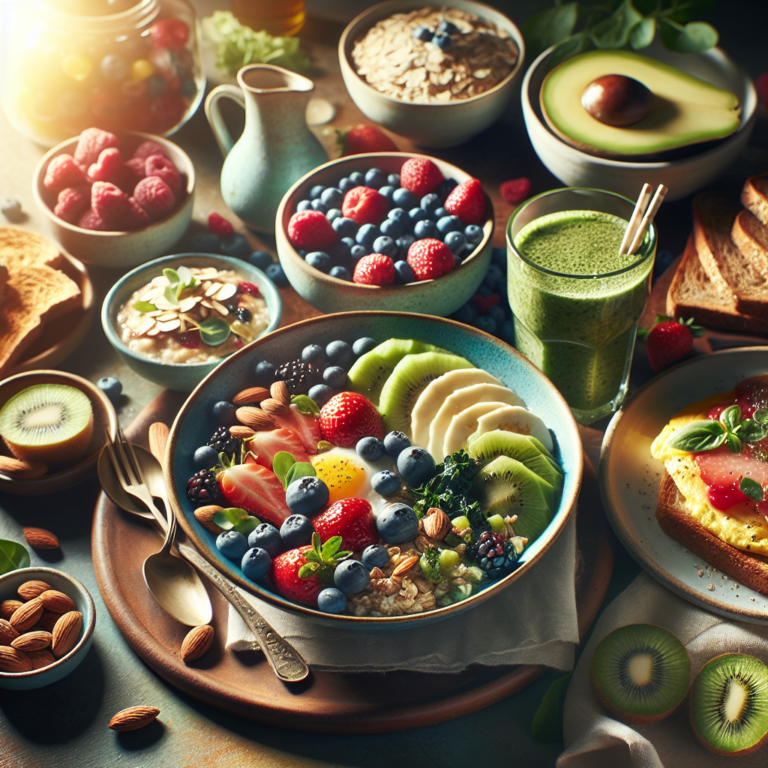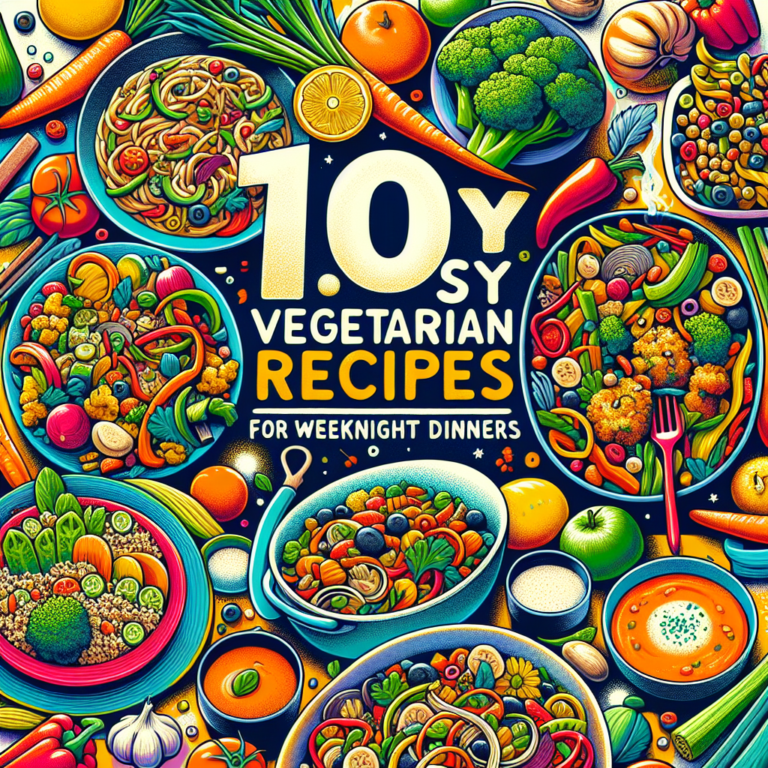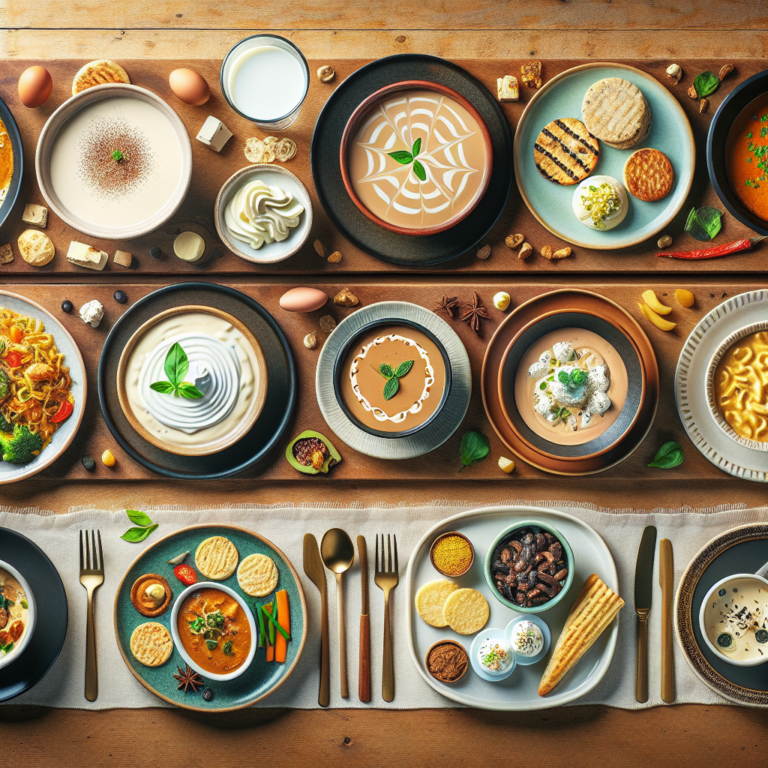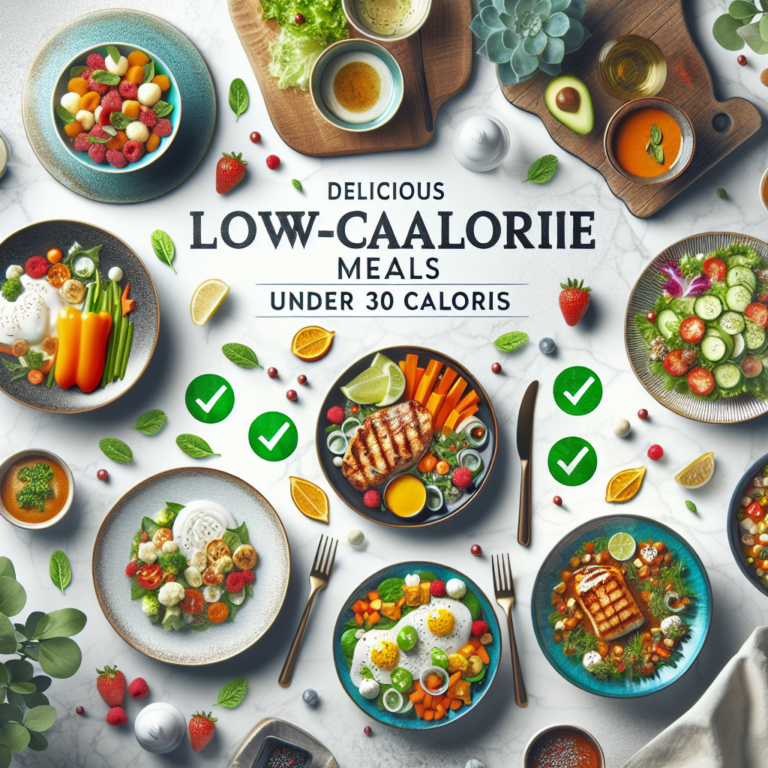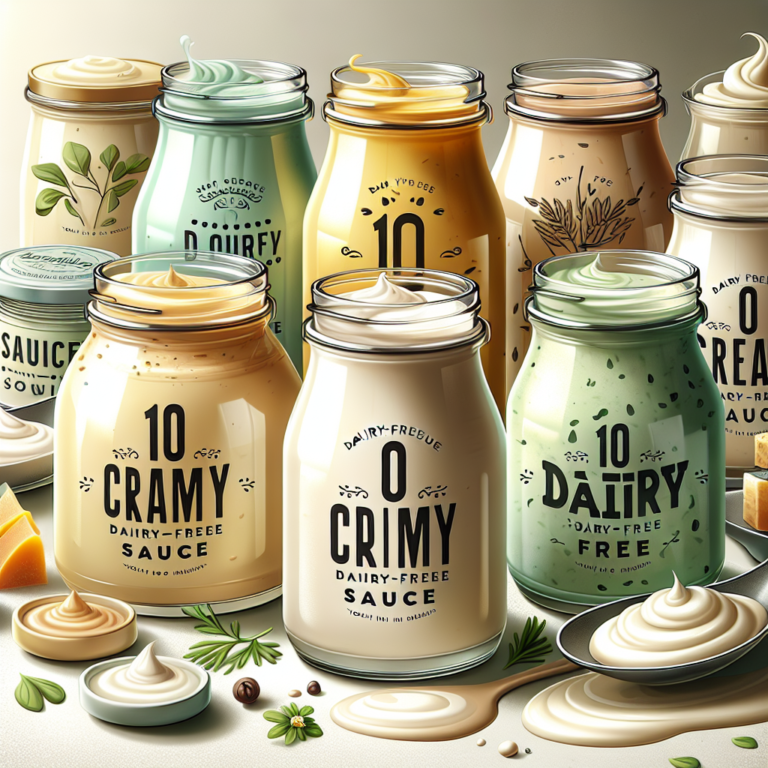
Introduction
Ice cream is a beloved treat enjoyed by people of all ages. Its cool, creamy taste offers a perfect respite from the heat, and with endless flavors and combinations, ice cream never gets old. While store-bought options are convenient, making your own ice cream at home provides a level of satisfaction that can’t be matched. This guide will take you through everything you need to know to create your own delicious ice cream, from understanding the basic ingredients to mastering various techniques.
The Basics of Ice Cream Making
Before diving into recipes and techniques, it’s important to understand the basics of ice cream making, including the key ingredients and the science behind them.
Main Ingredients of Ice Cream
- Cream: Provides richness and helps create a smooth texture.
- Milk: Offers a lighter base; the combination of cream and milk is crucial for flavor and texture.
- Sugar: Adds sweetness; it also lowers the freezing point of the mixture so that it remains creamy and doesn’t harden too much.
- Eggs: Used in custard-based ice creams; they add richness and contribute to a smoother texture.
- Flavorings: This includes anything from vanilla extract to fruit purees or chocolate; these components bring the ice cream to life.
The Science of Ice Cream
The process of making ice cream involves freezing and churning a mixture of cream, milk, sugar, and flavorings. As it freezes, air is incorporated into the mixture, creating a light and airy texture. Understanding this process allows you to manipulate it for different results, such as a denser gelato or a lighter soft serve.
Essential Equipment
To make ice cream at home, you don’t need much. Here’s a list of basic equipment you’ll need:
- Ice Cream Maker: There are various types. A traditional churner requires ice and salt, while an electric model simplifies the process.
- Mixing Bowls: Essential for mixing your base ingredients.
- Measuring Cups and Spoons: For accurate ingredient measurement.
- Whisk: Great for blending ingredients smoothly.
- Spatula: Useful for transferring ingredients and scraping down bowls.
- Storage Containers: Airtight containers are necessary for storing your ice cream in the freezer.
Basic Ice Cream Recipe
Now that you’re equipped with knowledge and tools, let’s delve into a simple vanilla ice cream recipe to kickstart your ice cream-making journey.
Ingredients
- 2 cups heavy cream
- 1 cup whole milk
- 3/4 cup granulated sugar
- 1 tablespoon pure vanilla extract
- Pinch of salt
Instructions
- In a mixing bowl, combine sugar and salt, and then add the milk. Whisk until the sugar is dissolved.
- Stir in the heavy cream and vanilla extract until fully combined.
- Chill the mixture in the refrigerator for at least 2 hours, or overnight for the best results.
- Pour the chilled mixture into your ice cream maker and churn according to the manufacturer’s instructions (typically 20-30 minutes).
- Transfer the soft ice cream into storage containers and freeze for at least 4 hours before enjoying.
Flavor Variations
Once you’ve mastered the base recipe, the fun truly begins! Here are some popular flavor variations you can try:
Chocolate Ice Cream
For a rich chocolate flavor, add 1/2 cup of unsweetened cocoa powder to the mixture or melt dark chocolate (about 4 ounces) and stir it into the base before chilling.
Strawberry Ice Cream
Add 1 cup of pureed strawberries to the base after chilling. For added texture, you can fold in some chopped strawberries during the churning process.
Mint Chocolate Chip Ice Cream
Add 1 teaspoon of mint extract to the base and a handful of vegan chocolate chips during the last few minutes of churning for that classic flavor combination.
Advanced Techniques
After mastering the basics, you may want to explore more advanced techniques in ice cream making. Here are some methods to enhance your skills:
Custard Ice Cream Base
This method helps create a richer, creamier texture. Start by heating milk and cream together. In a separate bowl, whisk Egg yolks with sugar until pale. Gradually combine the hot milk with the egg mixture, then cook until it thickens before chilling.
No-Churn Method
For those without an ice cream maker, whisk together sweetened condensed milk, heavy cream, and your chosen flavorings. Pour this mixture into a container and freeze. Stir every 30 minutes for the first few hours to incorporate air and achieve a smoother texture.
Mix-Ins and Toppings
Mix-ins and toppings can elevate your homemade ice cream. Here are some popular ideas:
- Cookie Dough: Fold in chunks of cookie dough for a delightful surprise.
- Nuts: Chopped walnuts, pecans, or almonds add crunch.
- Candy: Crushed Oreos, M&M’s, or chocolate chips can enhance flavor and texture.
- Swirls: Incorporate sauces like caramel or chocolate syrup for a marbled effect.
Storing and Serving Homemade Ice Cream
Homemade ice cream can be stored in an airtight container in the freezer for up to a month, although it’s best enjoyed fresh. To serve, let it sit at room temperature for a few minutes to soften before scooping. This will make it easier to serve and enhance the flavors.
Conclusion
Making ice cream at home is not only satisfying but also allows you to experiment with flavors and ingredients to create something uniquely yours. With this guide in hand, you’re well-equipped to embark on your ice cream adventure. Whether you choose to stick with the classics or venture into bold new flavors, the joy of homemade ice cream is waiting for you. Enjoy the process, share with friends and family, and most importantly, relish every delicious scoop you create!
FAQs
1. Can I make ice cream without an ice cream maker?
Yes! You can use the no-churn method by whisking heavy cream with sweetened condensed milk and any flavorings you wish. Freeze this mixture, stirring every 30 minutes for the first few hours to incorporate air.
2. How long does homemade ice cream last?
Homemade ice cream can last in the freezer for about a month, but it’s best enjoyed fresh.
3. What can I use instead of eggs in ice cream?
If you want to make egg-free ice cream, use a base of cream and dairy while incorporating ingredients like cornstarch for thickness or even avocados for a creamy texture.
4. Can I use non-dairy alternatives?
Absolutely! You can use coconut milk, almond milk, or any non-dairy cream to create delicious ice cream that is dairy-free and vegan friendly.
5. How do I avoid ice crystals in my ice cream?
To minimize ice crystals, ensure the mixture is well chilled before freezing, churn it until it’s thickened properly, and store it in an airtight container.
It looks like you might be looking to generate a specific type of content or have a prompt in mind. Can you provide more details about what you’re looking for? Whether it’s writing assistance, brainstorming ideas, or answering questions, I’d be happy to help!, #Ultimate #Guide #Making #Ice #Cream, #Ultimate #Guide #Making #Ice #Cream, 1736513029, the-ultimate-guide-to-making-your-own-ice-cream


